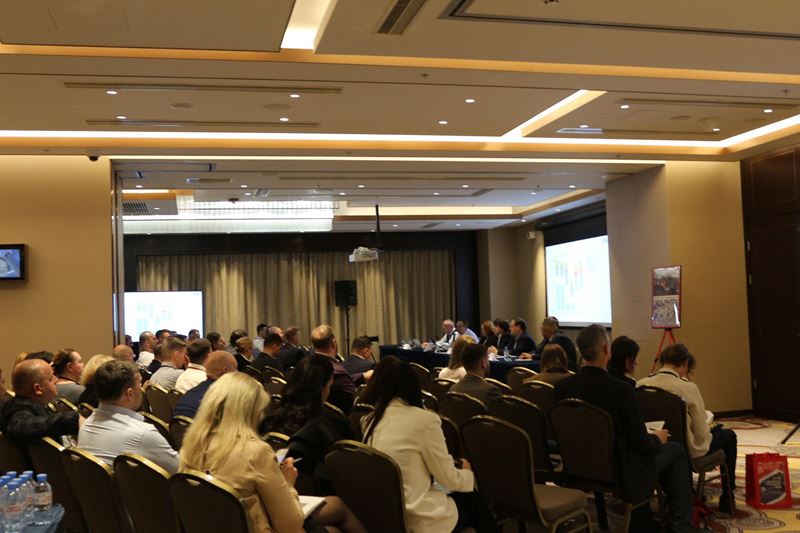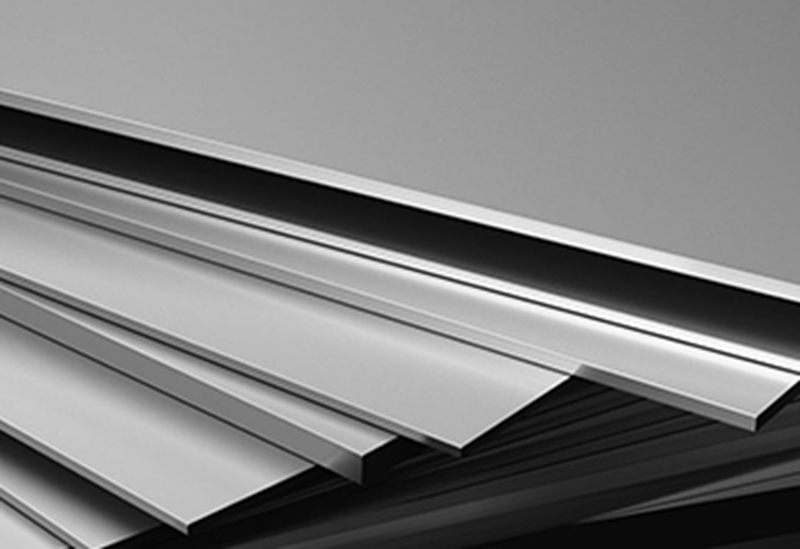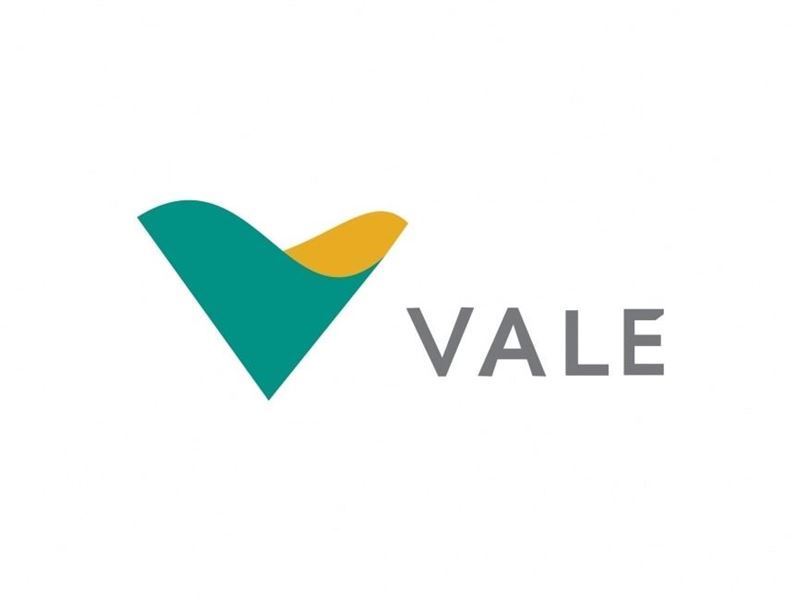The demand for imported wire rod in India is on the rise due to inadequate domestic production, logistic disruptions and high prices. The supply shortage at state-controlled producer Rashtriya Ispat Nigam Limited (RINL) in particular contributed to this trend. RINL’s production fell by 26% y-o-y to 1.6 million tons in the April-October period, affected by financial and raw material constraints.
There are concerns about the legality of such imports as Chinese manufacturers do not have the required certification from the Bureau of Indian Standards (BIS) for domestic use. However, these imports can be made under the advance licensing scheme. This scheme allows import of materials that do not have BIS certification only for use in the manufacture of products to be exported. However, the number of Indian manufacturers who can use this material is quite limited as most manufacturers focus on the domestic market and cannot use such materials in their export products.
High prices and insecure supply conditions are putting local manufacturers in a difficult situation. Manufacturers working for the domestic market prefer secondary wire rod, which is 20% cheaper than primary material. On the other hand, while low-carbon wire rod imported from China finds buyers at a price of USD 515-520 per ton CFR Mumbai, high-carbon wire rod prices have fallen to levels of USD 560 per ton in recent weeks.
India's wire rod imports increased by 30% compared to the previous year, reaching 49,300 tons in the April-October 2024 period. However, despite this increase, wire rod imports accounted for less than 1% of the country's total steel imports. The ongoing disruptions in the supply chain and high local prices are causing Indian manufacturers to increasingly turn to imports and alternative sources.











Comments
No comment yet.